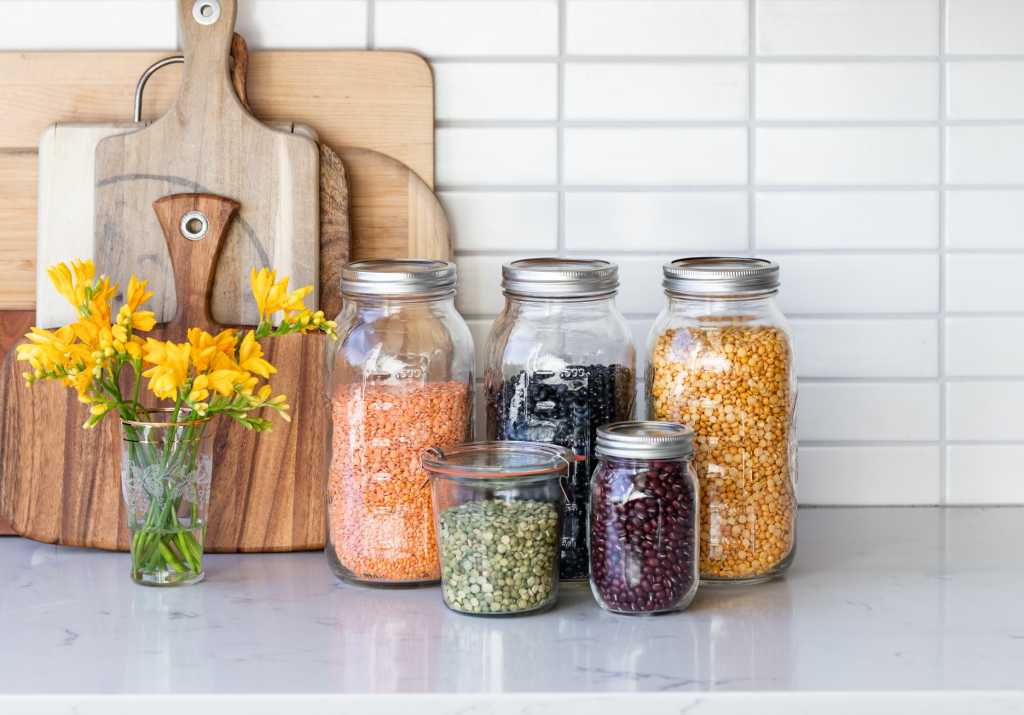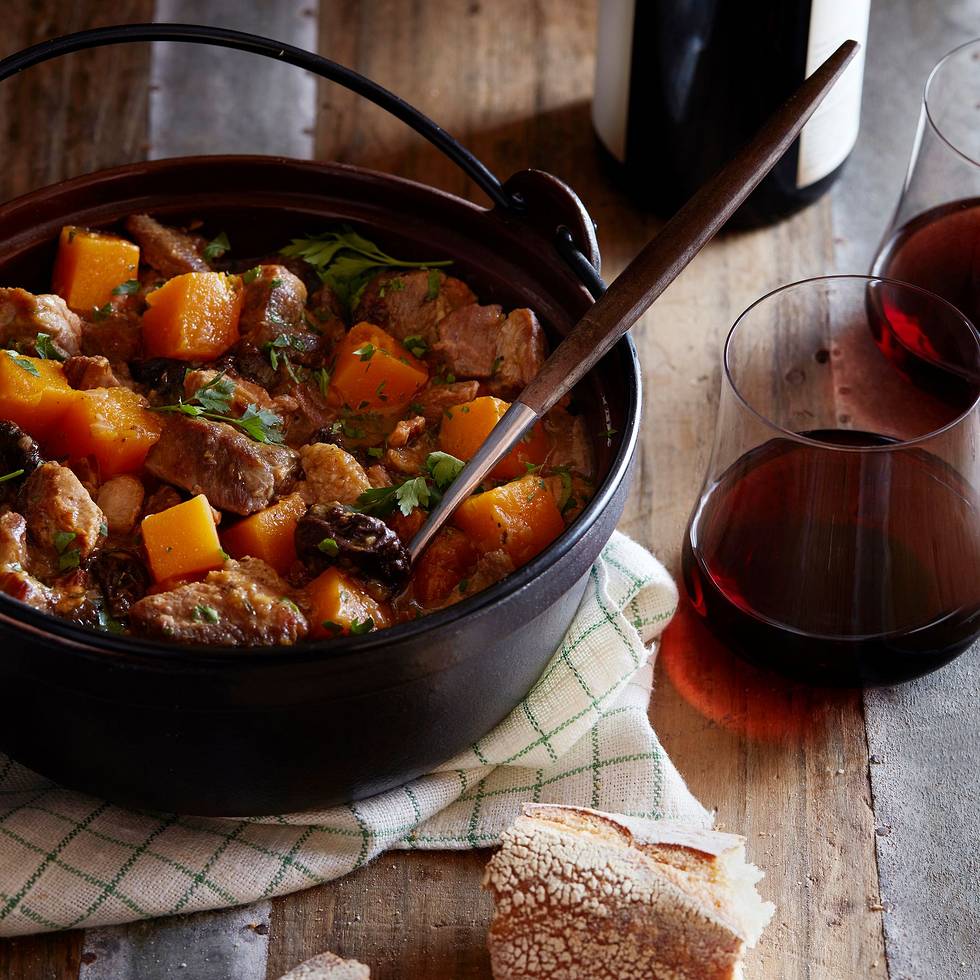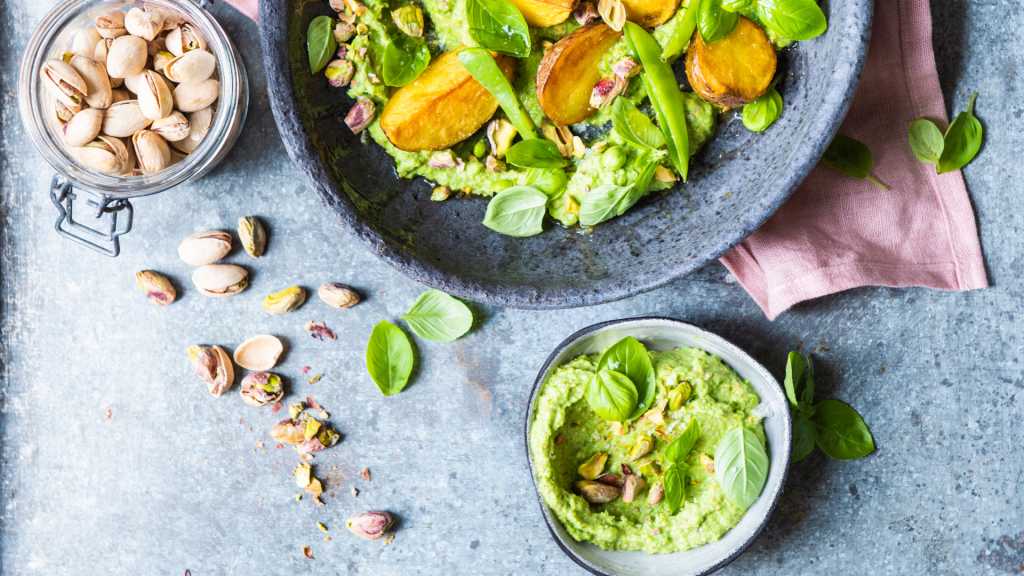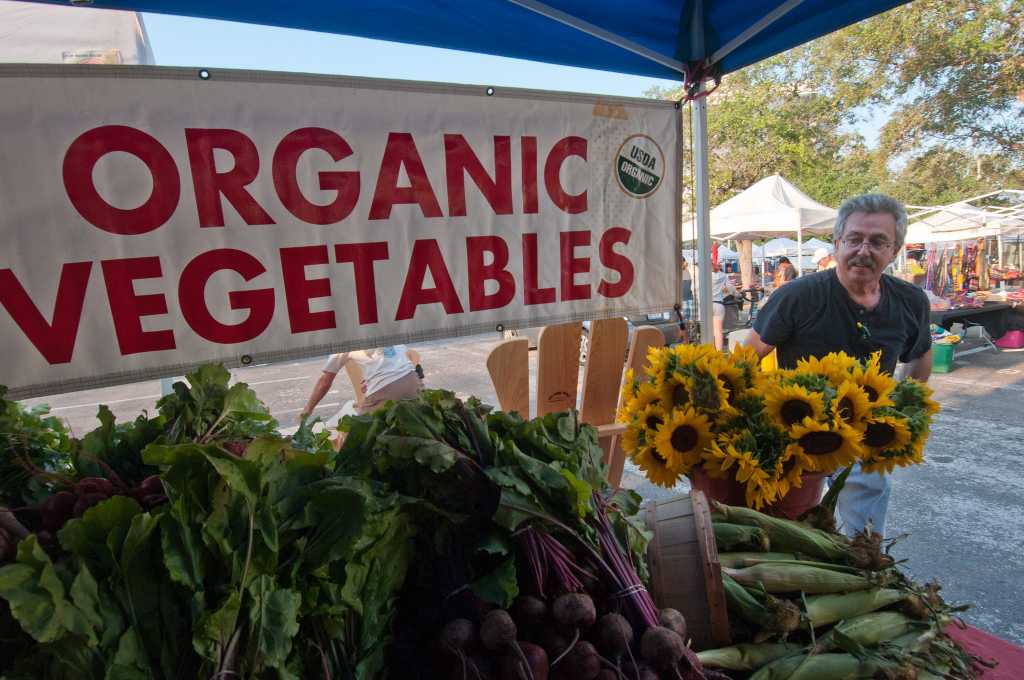Pulses are nutritionally-dense superfoods and have been a worldwide staple for centuries. So why haven’t you ever heard of this amazing food? You most likely have eaten them before, but have referred to them under different names. In technical terms, pulses are the dry, edible seeds of plants in the legume family. Pulses are the ancient name for the category of food that includes dry peas, lentils, chickpeas, and dozens of dry bean varieties.
The United Nations Food and Agricultural Organization (FAO) defines a pulse as an annual leguminous crop yielding 1-12 seeds of variable size, shape, and color within a pod that are used for food and animal feed. While pulses do cover a wide variety of crops, there are some clear distinctions. Soybeans and peanuts, for example, are not called pulses as they are considered crops mainly grown for oil extraction. Vegetable crops like fresh green peas and fresh green beans are also not considered pulses, because they are harvested while still green rather than as dry grains.
Technicalities aside, pulses are considered the “newest ancient superfood” because their benefits are just beginning to gain attention. Due to being so nutrient-dense, nutritionists actually consider them both a protein and a vegetable.*
“Known as health powerhouses, pulses pack a serious punch when it comes to their dietary benefits. Pulses are rich in important nutrients including fiber, protein, folate, potassium and iron.”
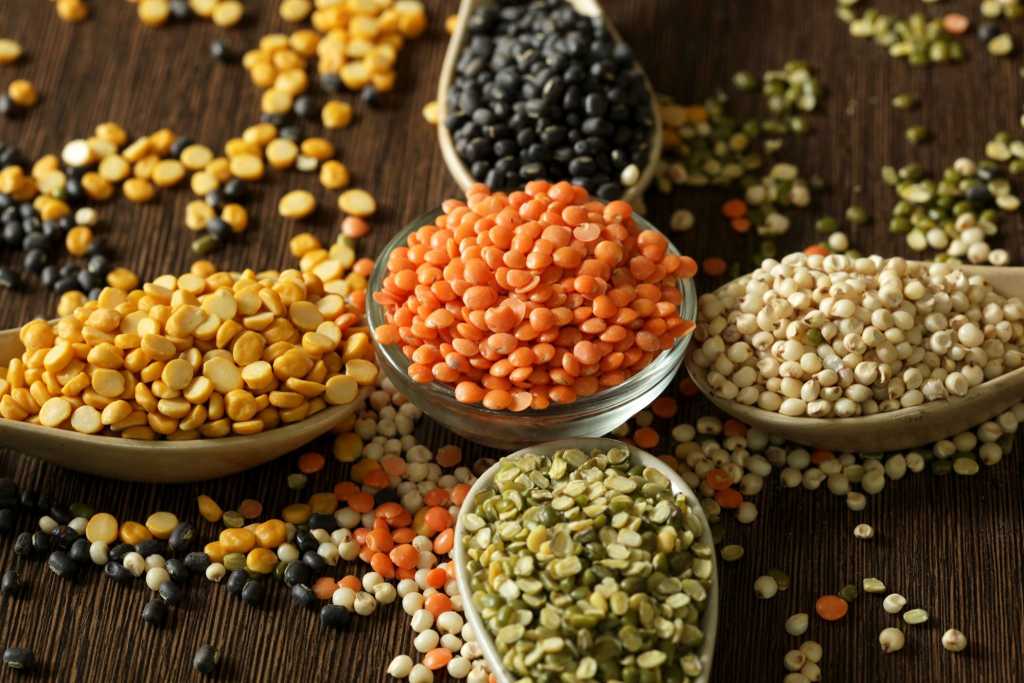
Good for the plate, good for the planet
Aside from their nutritional value, pulses are considered a sustainable superfood for a variety of reasons. Pulses require little fertilization and water to grow. The earth-friendly crop actually creates its own fertilization by pulling nitrogen from the air and into the soil. In doing so, pulses not only reduce the need for nitrogen fertilization, but also leave behind healthy soil. Diverse farm systems benefit from growing pulses since the crop enriches the soil for the next crop. Pulses are also water-savvy, only using one-tenth of the water of other proteins. Additionally, pulses are well-adapted for drought prone areas since they extract water from a shallower depth, leaving more water deep in the soil for other crops. It is said that the low carbon footprint and water and soil efficiency of pulses make them the ideal sustainable food of the future.
Pulses in an Overview
Want to know more about the individual types of pulses? Beans, lentils, chickpeas, and dry peas are the four most common pulses. Get to know them better so you how you can incorporate them into your lifestyle.
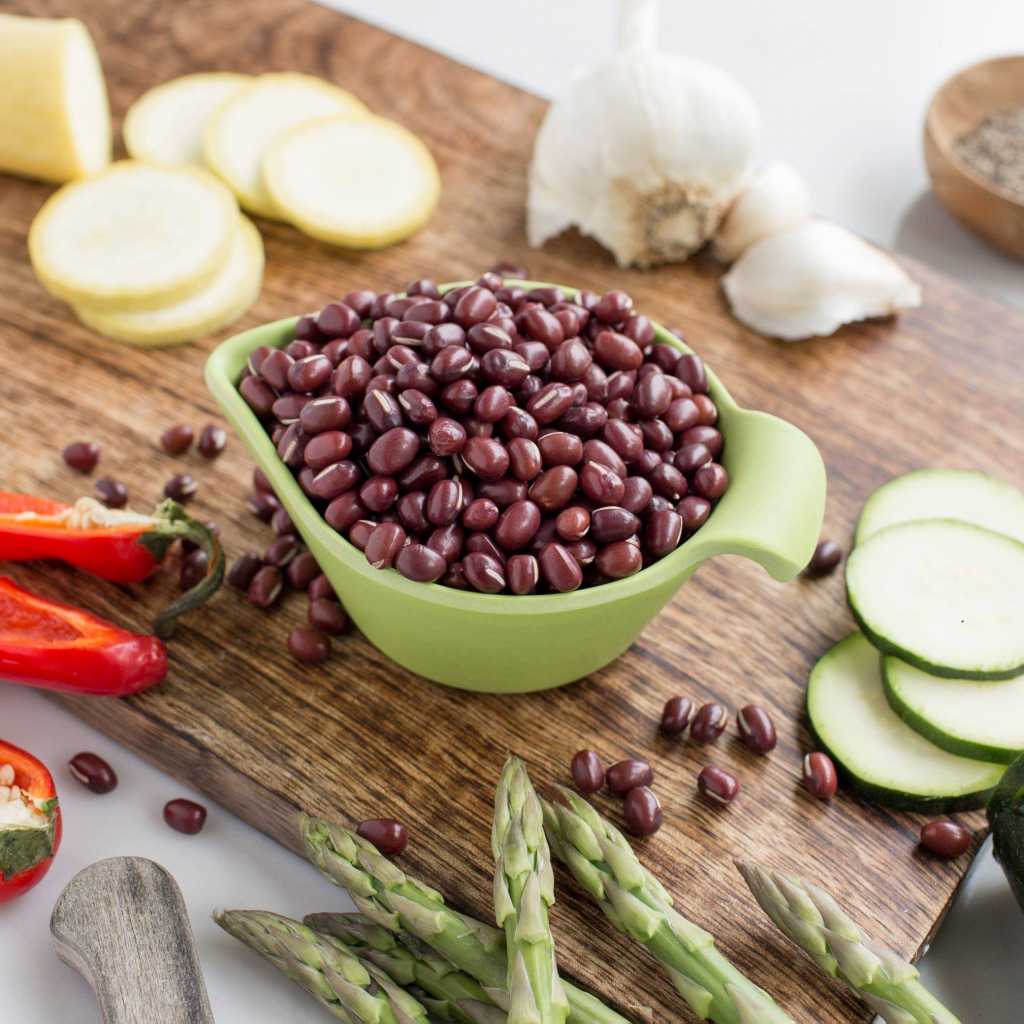
Beans
Black, red & white kidney, navy, pinto, romano – the list of beans goes on!
Dry beans vary considerably in flavor, size, color, and shape, yet their nutritional composition is remarkably similar. Dry beans are packed with protein, carbohydrates, vitamins, and minerals, and are low in fat.*
Lentils
Low in fat and protein rich, the lentil is a feathery legume with lens-shaped seeds, which typically grow two to a pod.* There are a number of lentil varieties with colors that include yellow, red-orange, green, brown, and black.
Lentils are most well known for their namesake soup, which is popular across North and South America and Europe.
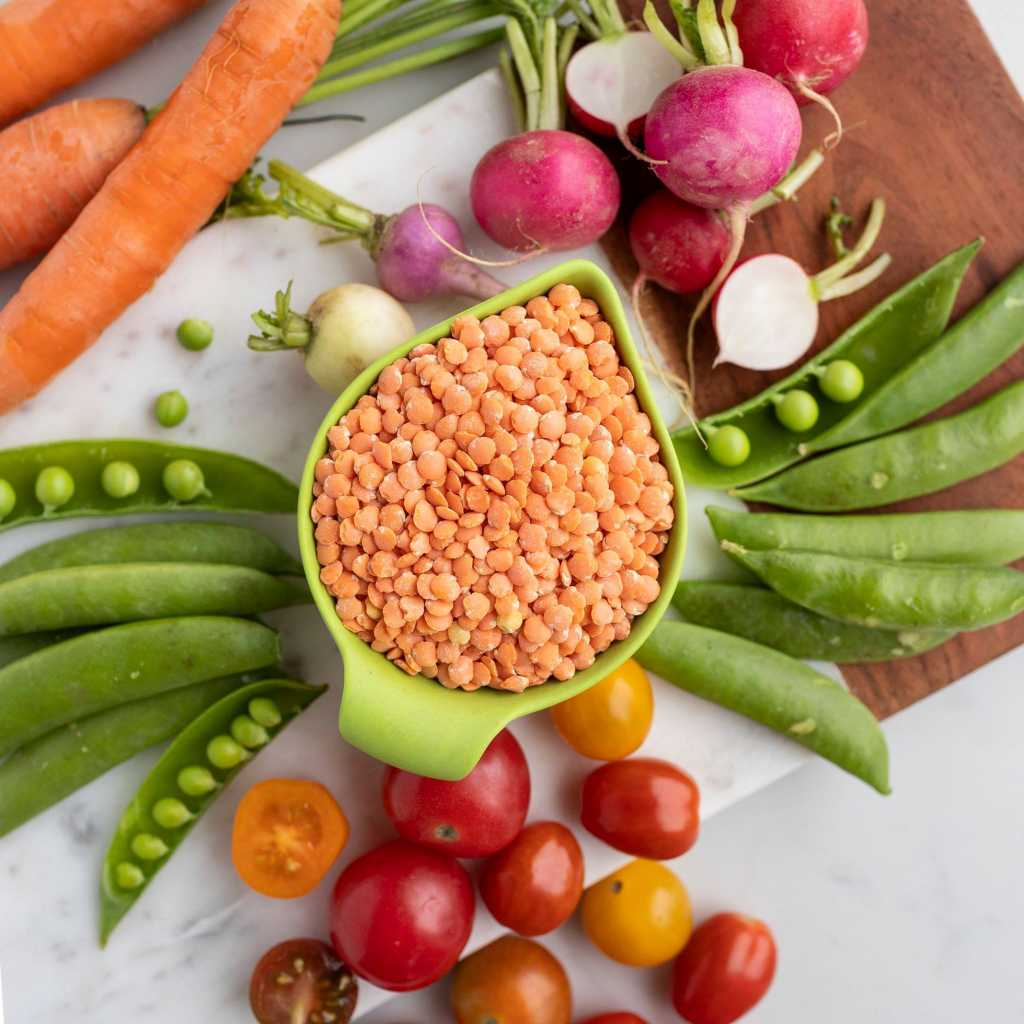
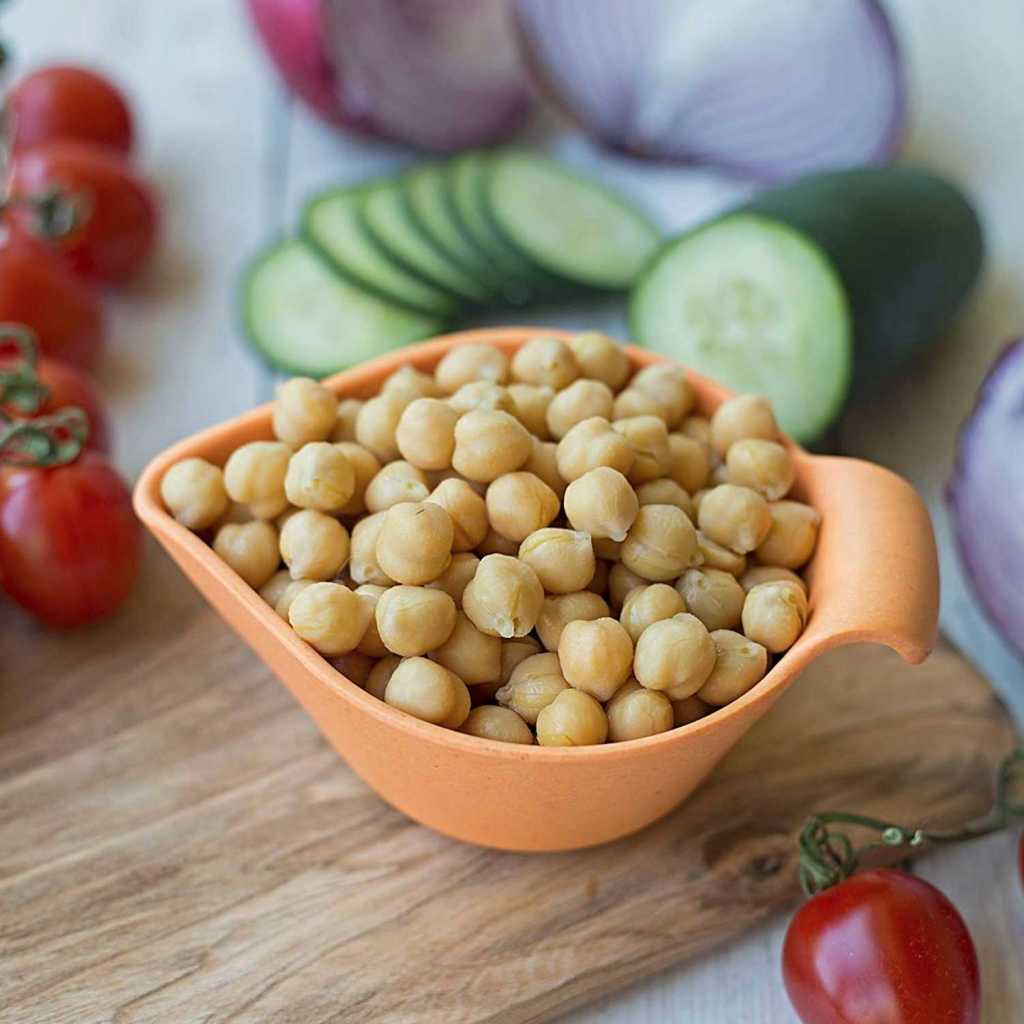
Chickpeas
Chickpeas, also known as garbanzo beans in the U.S., are considered one of the earliest cultivated vegetables on Earth.
Iron-rich and high in folate, chickpeas can be prepared in a variety of ways – as toppings on salads, cooked in stews, ground into flour, cooked and ground into a paste known as hummus, shaped and fried as falafel or simply roasted, spiced, and eaten as a snack.
Dry Peas
Dry peas can be enjoyed both as whole peas and as split peas. The pods of the dry pea contain 4 to 9 seeds, which can have a green, yellow, or cream colored seed coat.
Being high in potassium and fiber-rich, dry peas have proven especially useful with the advent of vegetable proteins in the food industry.*
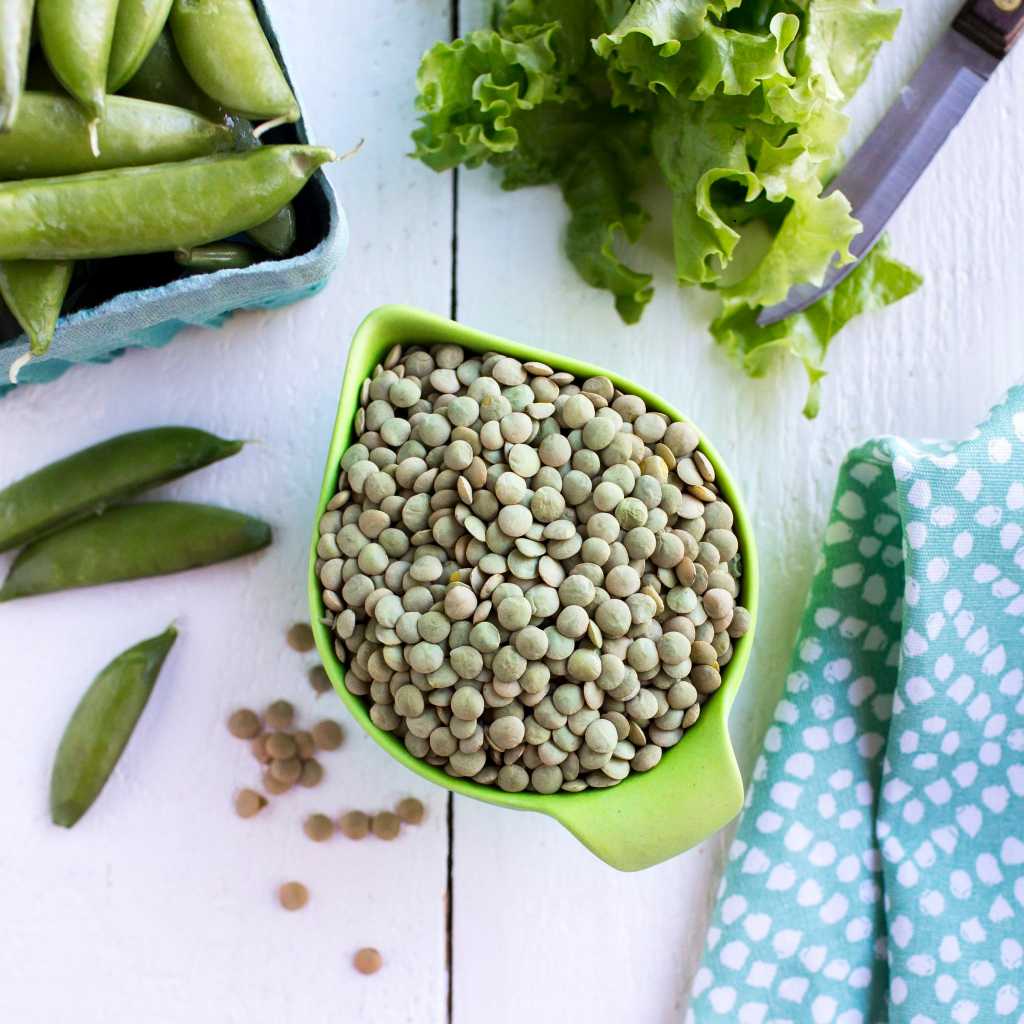
For a more thorough, visual reference and description of the four most common pulses, check out the Visual Guide to Pulses.
Cooking with Pulses: Simple and Versatile
Pulses come in many convenient forms – from canned to refrigerated, frozen, and more! These ready-to-use options allow you to store pulses at home for months or even years without having to worry. Dry pulses require a bit more preparation, but are also an easy option. Depending on the type of pulse, the cooking time will vary.
Need some inspiration for your next meal? Pulses can be found in so many recipes and in a variety of different forms, some of which will probably surprise you!

One of the easiest ways to integrate pulses into your meals is by adding them to salads and bowls. The Lentil Salad with Feta and Grilled Vegetables is a refreshing and satisfying recipe that easily incorporates lentils. What else can you do with lentils? With the help of only four additional ingredients, you can easily turn your lentils into Crispy Black Lentil Falafel Bites. To top it off, bring out those chickpeas and blend them into a Basic Hummus.
Want to spice it up with some Central and South American flavors? Make yourself a wholesome snack of Split Pea Avocado Mash Tostadas or satisfy your evening cravings with Loaded Nachos with Black Beans and Spicy Chickpeas. If that isn’t enough already, Chef Peter Sidwell will set your taste buds ablaze with his version of chili. With the help of some unique and surprising ingredients, such as beer and dark chocolate, the Spicy vegetarian Chili with California Prunes, Dry Beans, and Lentils, brings black beans and lentils into a whole new realm.
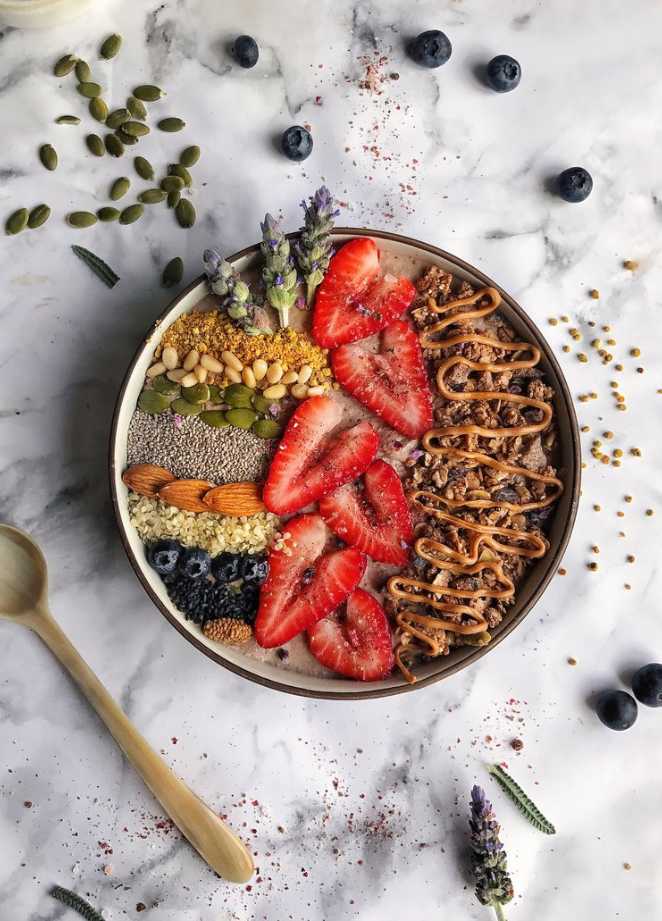
Last, but not least, pulses can go sweet! The versatility of pulses really comes out when there’s a desire for sweet yet healthy treats are on the table.
Discover a new world of tasty snacks with bite-sized Peanut Butter Chickpea Energy Balls or well-rounded Cherry Almond Red Lentil Granola Bars. Even a fruity breakfast can include pulses. Who would have thought that it’s so easy to sneak nutritious white beans into a White Chocolate Smoothie Bowl? It’s definitely worth a try!

